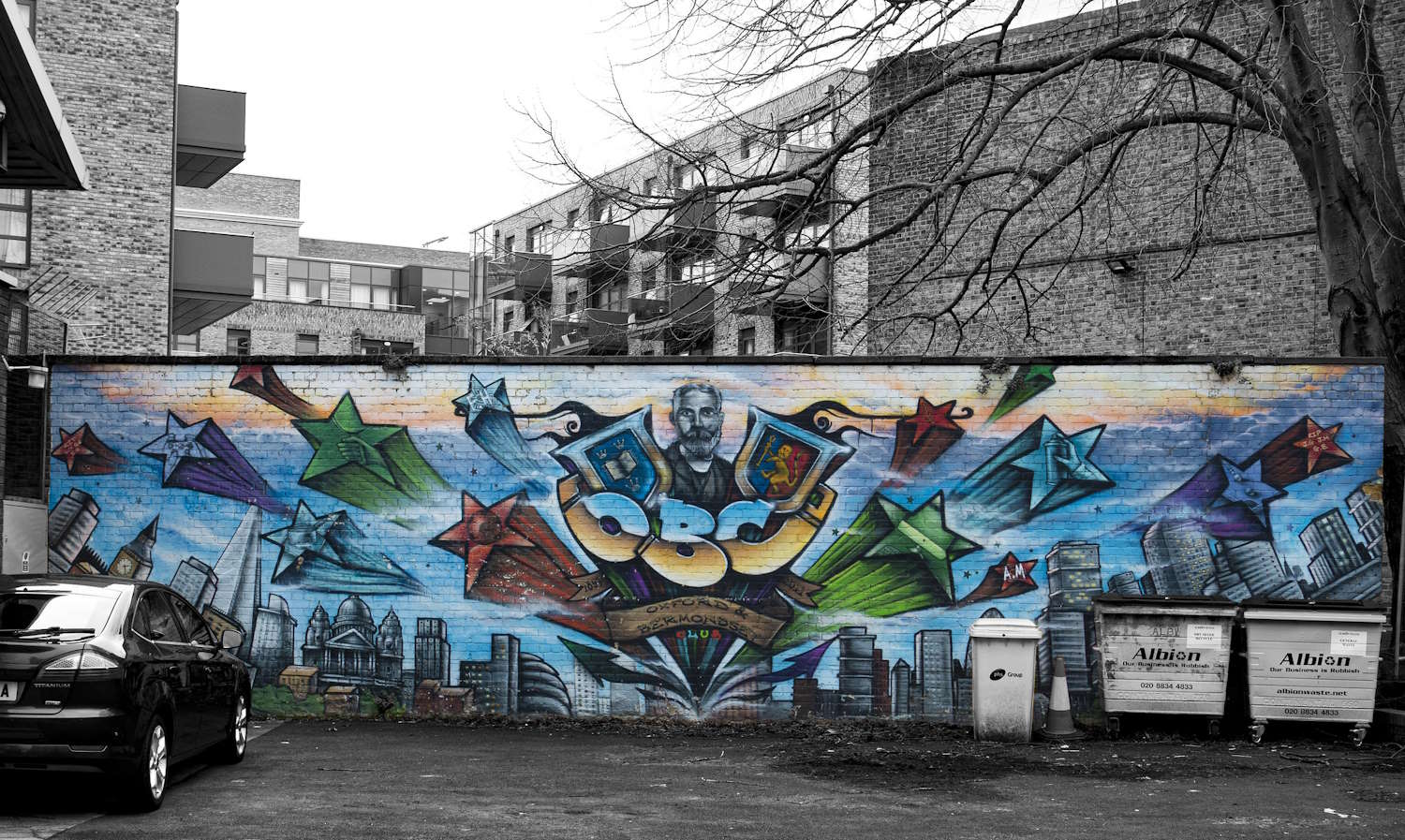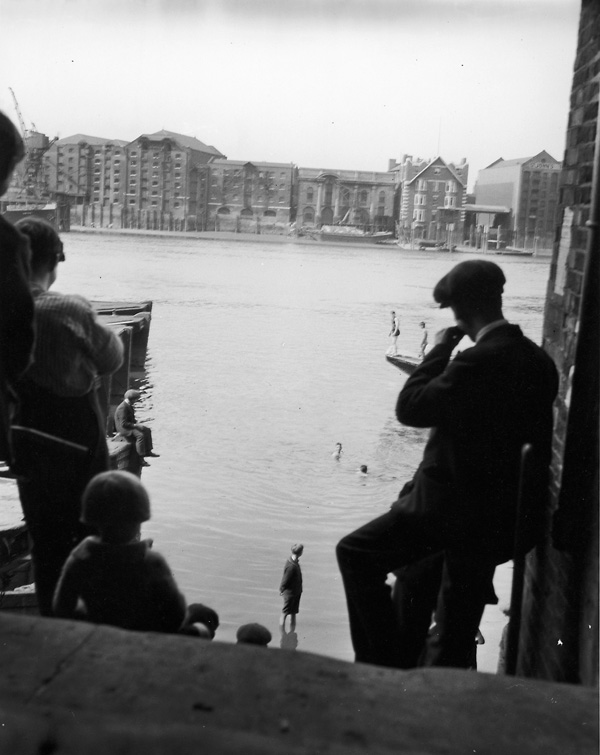Waldo Mcgillicuddy Eagar and the making of boys’ clubs. W. McG. Eagar was a key figure in the establishment and development of the National Association of Boys’ Clubs. He also wrote the definitive history of the movement. We examine his contribution.
contents: introduction · boys’ clubs · conclusion · further reading and bibliography · links · how to cite this article
Waldo McGillicuddy Eagar (1884-1966) was, for a number of years , associated with, and warden of, the Oxford and Bermondsey Club in Southwark (then known as the Oxford and Bermondsey Mission). There he worked alongside and followed in the footsteps of a group of remarkable workers. These included Alec Paterson (who was to become Commissioner of Prisons), Hubert Secretan and Barclay Baron (a key figure in the formation of TocH). Relationships with Paterson (and, it seems, some of the others associated with Oxford and Bermondsey) were strained at times. However, it appears that Eagar was able to make a significant contribution to the development of the work. During the First World War the club had inevitably suffered with a large number of members and staff joining the armed forces. A significant number of these died in battle. Eagar, with a group of members and ‘boy officers’ set about reviving the work after the war and developing it.
While living in Bermondsey Eagar began photographing the Thames and the life of the people who lived and worked along its shores. The resulting collection (a significant part of which is held in the National Maritime Museum) is described as forming ‘a remarkable document of a maritime community that no longer exists’ (PortCities: London undated).
Rotherhithe Children by W McG Eager
Waldo Eagar had also worked as a private tutor and schoolmaster. He became Assistant Director of the Borstal and Central Associations (Paterson had also served with this organization) – and then after service with the RFA in France, became an Inspector of the London Housing Board. In 1923 he was called upon by David Lloyd George to organize his Land Enquiry and wrote the final report – The Land and the Nation.He followed this by organizing the well-known Liberal Industrial Enquiry which resulted in the report England’s Industrial Future (1928). He also joined with Hubert Secretan to write a study of boys’ experience of unemployment.
The boys’ club movement
During this time Eagar was active both in the Oxford and Bermondsey Club and with other key boys’ club figures in arguing and organizing for the formation of the National Association of Boys’ Clubs (NABC). The first formal step in establishing NABC was a meeting called in 1924 in Coleshill by a group of 12 proponents (including Eagar). While there was some scepticism there was some agreement to carry the idea forward. The idea gathered support – and in October 1925 at Toynbee Hall, a larger conference was held at which the Association was formed (having turned down an offer from the National Organization of Girls’ Clubs to join forces). Reg Goodwin who was first an Assistant Secretary of NABC and later its General Secretary was also a helper at the Oxford and Bermondsey Club. (Goodwin was later to become a member of the Greater London Council and its leader in 1973).
Waldo Eagar was also to write the classic statement of Principles and Aims of the Boys’ Club Movement, along with Basil Henriques, Lionel Ellis and Colonel Campbell (Ellis and Campbell were joint secretaries of NABC. Campbell had first been drawn to boys’ club work on a visit to Eagar at the Oxford and Bermondsey Club). In fact, as Frank Dawes (1975: 115) has noted, the document origins lay in some notes written by Eagar thirteen years earlier while in an observation post at Bailleul. It was agreed in 1930.
Waldo McG. Eagar, along with a number of other boys’ clubs workers spectacularly misjudged National Socialism and the activities of the Nazi youth movements in Germany. In an article in The Boy in June 1934 (the boys’ club movement journal which Eagar edited for many years) he declared ‘… it may be that young Germans and young Italians have a better chance of saving their souls than young Englishmen, simply because they are presented with attainable ideals and called upon for practical loyalty’ (quoted in Dawes 1975: 146). Dawes goes on to comment:
Eagar had devoted his life to the genuinely democratic ideals of the boys’ club movement, yet he could not see the true meaning of Nazism, and any more than could Neville Chamberlain when he went to Munich to negotiate ‘peace in our time’. Dazzled by the muscular, bronzed battalions of the Hitler Jugend, some club leaders in Britain failed to perceive that the Führer, with his propaganda machine, his racist theories and his encouragement of the younger generation of Nazis to spy on their parents, was poisoning the wells of youth.
Eagar remained active in the Movement, becoming Vice-President of NABC, the London Federation of Boys’ Clubs and Surrey Association of Boys’ Clubs. He was created a Commander of the British Empire in 1945. He retired in 1949.
Making Men
Today Waldo Eagar is largely remembered because of his monumental work in charting the origins and development of boys’ clubs. His (1953) book, Making Men, remains the standard work of history on the subject (and on the emergence of youth work more generally). One of the book’s great achievements is the way in which Eagar brings out both the significance of ragged schooling in the emergence of the work – and of the club ideal. He also makes interesting assessments of some of the key figures in the generation of the movement including T. W. H. Pelham and C. E. R. Russell. The book also provides a good account of key themes including a discussion of discipline, woodcraft and friendship and an exploration of definitions and methods.
Conclusion
Waldo McGillicuddy Eagar made a remarkable contribution to the organization and practice of boys’ clubs work. He was also able to add significantly to thinking about its purpose and history. In addition, Eagar contributed to the general formulation of social policy and has provided us with a photographic record of south London life by the Thames during the first quarter of the twentieth century. In the company of others he made significant errors of judgement around the rise of National Socialism in Germany.
Waldo Eagar died 2 January 1966.
Further reading and bibliography
Dawes, F. (1975) A Cry from the Streets. The Boys’ Club Movement in Britain from the 1850s to the present day, Hove: Wayland.
Eagar, W. Mc. G. (1953) Making Men. The history of boys’ clubs and related movements in Great Britain, London: University of London Press.
Eagar, W. McG and Sectratan, H. A. (1925) Unemployment among Boys, London: J. M. Dent.
Liberal Land Committee (1925) The Land and the Nation: rural report of the Liberal land committee 1923-25, London: Hodder and Stoughton
Liberal Industrial Inquiry (1928) Britain’s Industrial Future – being the report of the Liberal Industrial Inquiry of 1928, London: E. Benn.
Links
PortCities: London – View some of Eagar’s photographs – Letts Wharf, Commercial Dock, Boys at a Rotherhithe Wharf, Rotherhithe children, Royal Victoria Gardens.
Acknowledgement: Rotherhithe children – Waldo McGillycuddy Eagar CBE circa 1933 – placed by the National Maritime Museum in Flickr Commons. Creative Commons Attribution-Non-Commercial-ShareAlike (CC BY-NC-SA) licence. The picture of the parking area next to the current Oxford and Bermondsey Club is by Simon. Flickr | CCby4Deed.
How to cite this article: Smith, M. K. (2004) ‘Waldo McGillicuddy Eagar and the making of boys’ clubs’, The encyclopedia of pedagogy and informal education. [https://infed.org/mobi/waldo-mcgillicuddy-eagar-and-the-making-of-boys/. Retrieved: insert date]
© Mark K. Smith 2004

